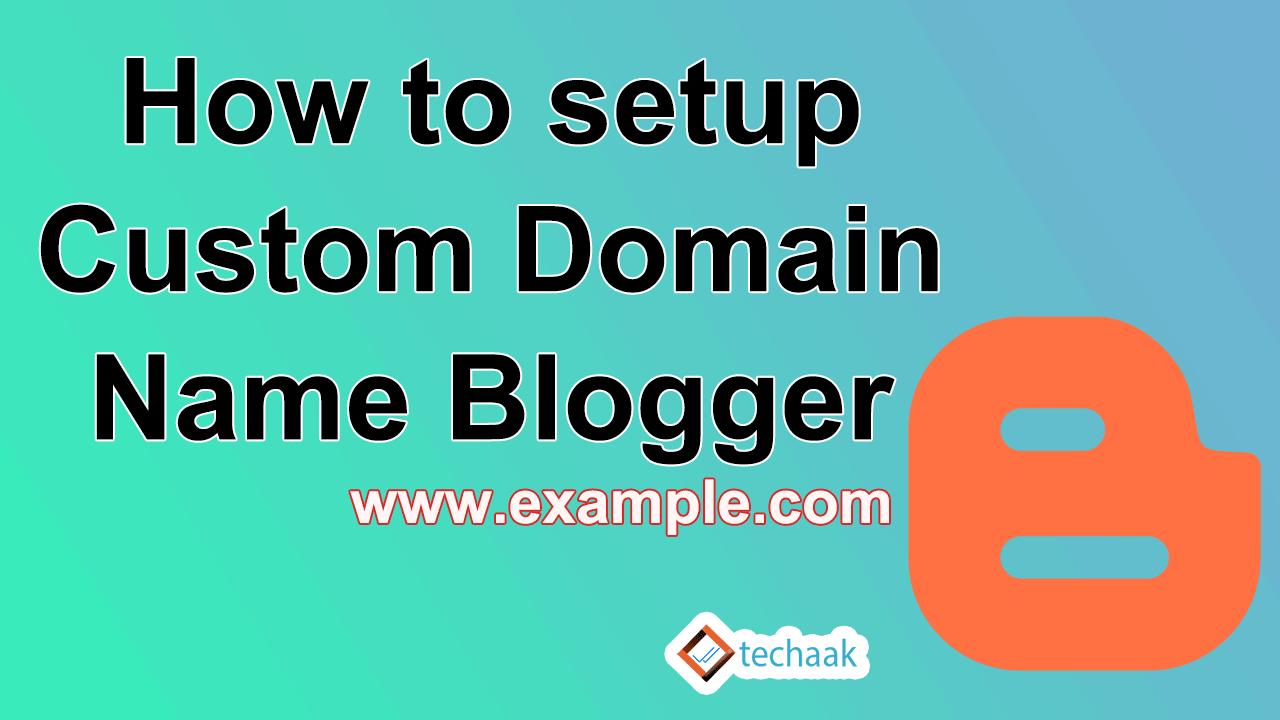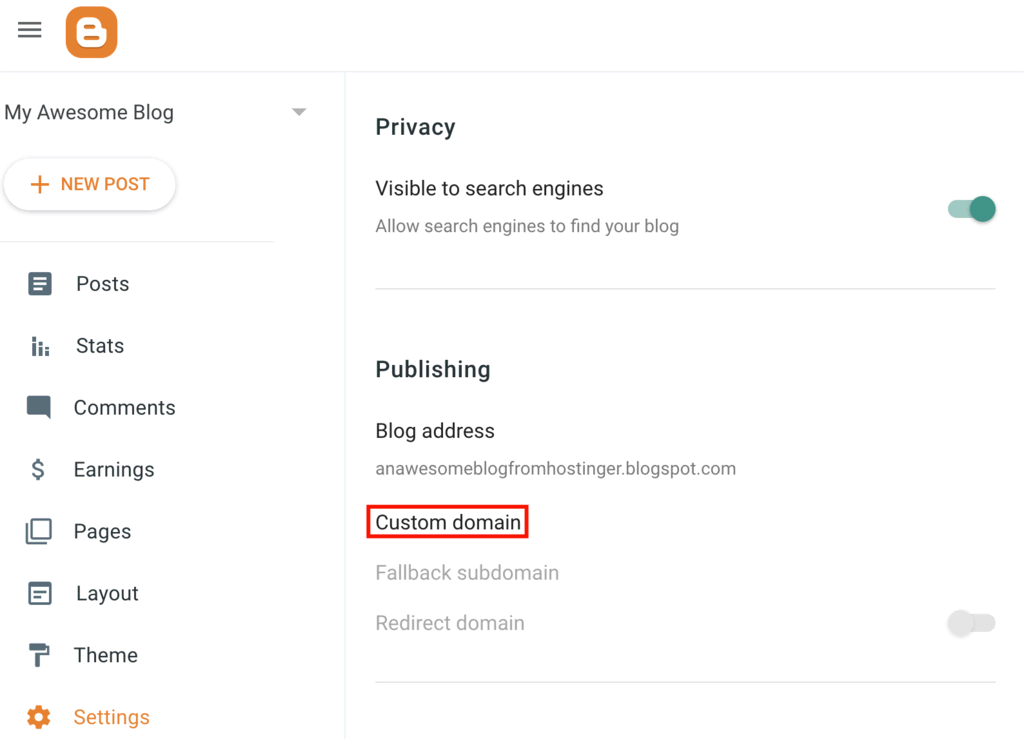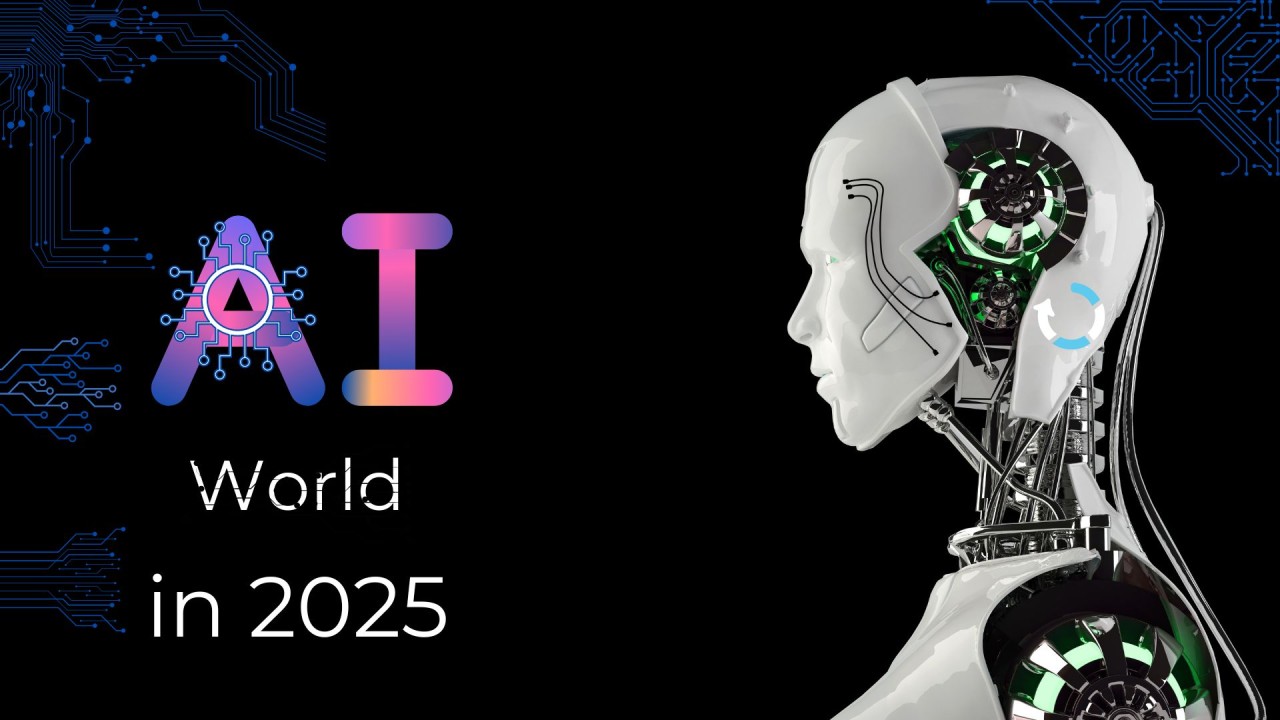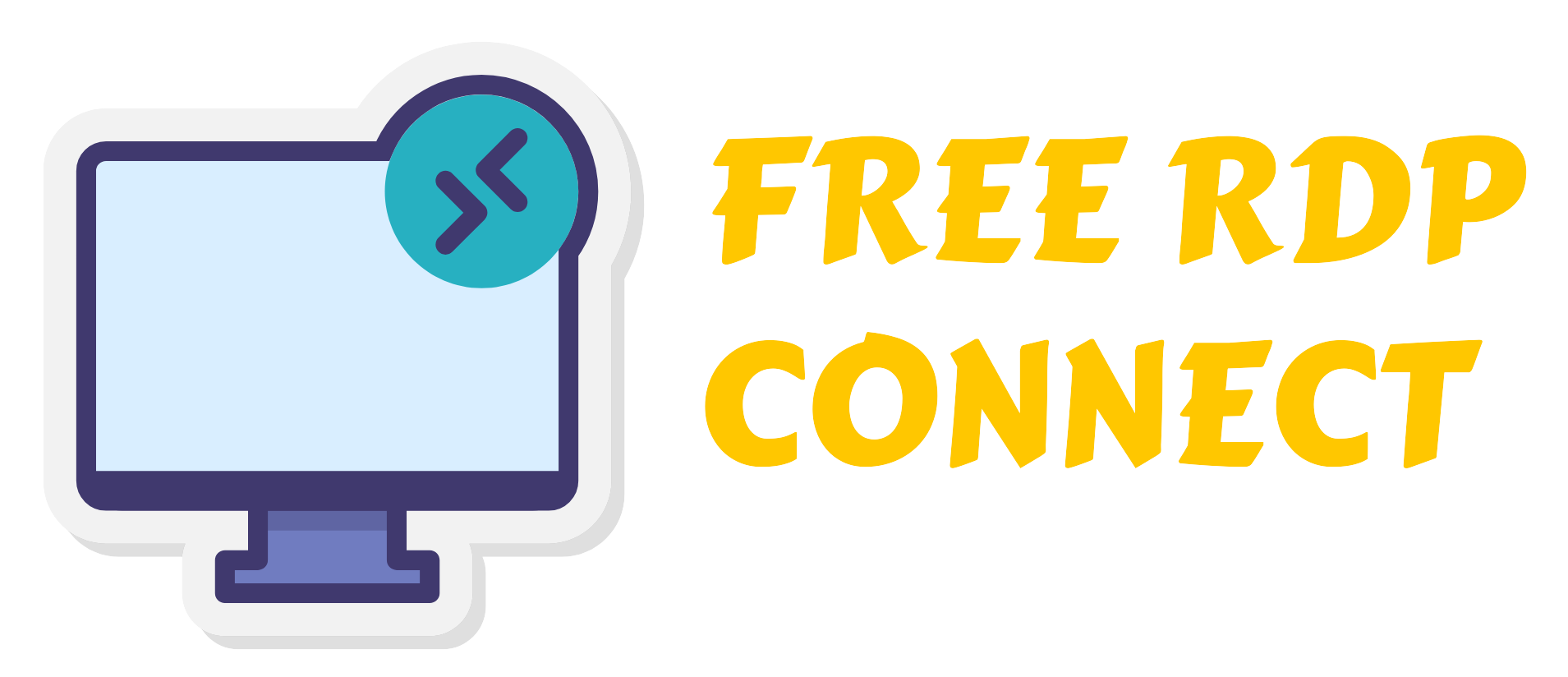
How I Added a Custom Domain to my Blogger (Blogspot) blog
How I Added a Custom Domain to My Blogger (Blogspot) Blog – A Step-by-Step Guide When I first started my blog on Blogger (Blogspot), I used the default .blogspot.com address....
Continue reading

How to Connect a Domain with Blogger: A Comprehensive Guide
Introduction Connecting a custom domain to your Blogger (Blogspot) website is one of the best ways to establish a professional online presence. While Blogger provides free hosting with a blogspot.com...
Continue reading
How to Get Free Images & Graphics for Your Website with Envato Elements
A visually appealing website is crucial for engaging visitors, but high-quality images and graphics can be expensive. Fortunately, Envato Elements offers a solution—millions of professional assets at your fingertips. In...
Continue reading

Filmora 14 is the latest version
🎥 Filmora 14 – Overview Filmora 14 is an upgraded version of Filmora, offering enhanced AI tools, better performance, and more creative effects for content creators, YouTubers, and social media...
Continue reading

Creative YouTube Video Ideas to Inspire You in 2025
Here are fresh, creative YouTube video ideas for 2025—designed to stand out, spark trends, and captivate audiences across niches: 🚀 Futuristic & Tech-Inspired 🎭 Immersive Storytelling & Experiments 🌍 Global...
Continue reading

How to Create a Website For Free in 5 Simple Steps
How to Create a Website For Free in 5 Simple Steps Creating a free website is quick and easy with the right tools. Follow these steps to get your site...
Continue reading

Most Powerful AI Models in 2025: The Cutting Edge of Artificial Intelligence
As we progress through 2025, artificial intelligence continues its exponential growth, with new models pushing the boundaries of what machines can achieve. This guide explores the most powerful AI models...
Continue reading

Where to Download the Best Free Video Editing Software in 2025
If you’re looking for high-quality, free video editing software in 2025, here’s a list of the top options with official download links to avoid scams or malware. 🥇 1. DaVinci...
Continue reading

Benefits Of EDU Mail | How To Get It ? – Explained
The Ultimate Guide to .EDU Emails: Benefits & How to Get One (2025) Table of Contents 1. What is a .EDU Email? A .edu email is an official email address...
Continue reading

How to Create an EDU Email in 2025 (FREE) | Get a Temporary Email
How to Get a FREE .EDU Email in 2025 (Temporary & Permanent Methods) A .edu email address gives you access to student discounts (GitHub Student Pack, Microsoft Office 365, Amazon...
Continue reading

